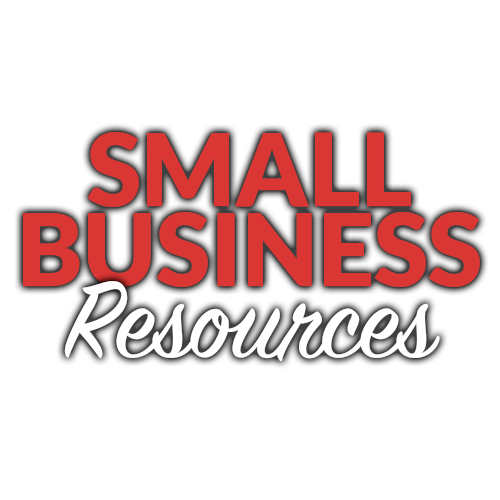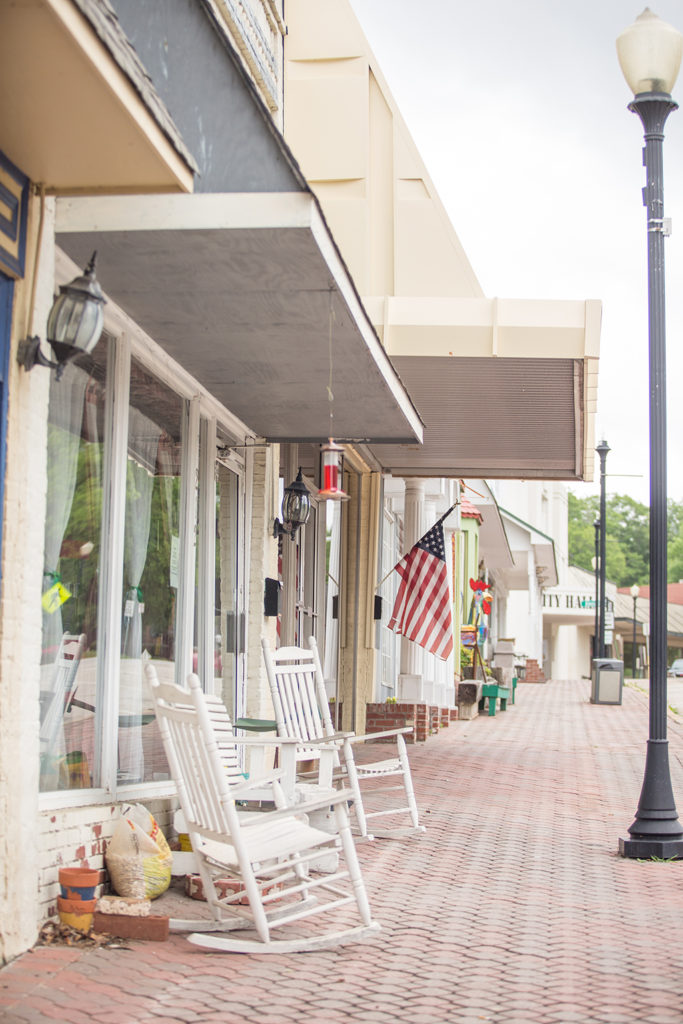

US Chamber of Commerce CARES Guide and Checklist
The Coronavirus Aid, Relief, and Economic Security (CARES) Act allocated $350 billion to help small businesses keep workers employed amid the pandemic and economic downturn. Known as the “Paycheck Protection Program,” the initiative provides 100% federally guaranteed loans to small businesses who maintain their payroll during this emergency. Importantly, these loans may be forgiven if borrowers maintain their payrolls during the crisis or restore their payrolls afterward.
Click the link below to visit the website to find out if your business can apply for CARES assistance loans.
https://www.uschamber.com/sites/default/files/023595_comm_corona_virus_smallbiz_loan_final.pdf
SBA Economic Injury Disaster Loan Assistance Program
The U.S. Small Business Administration is offering low-interest federal disaster loans for working capital to small businesses suffering substantial economic injury as a result of the Coronavirus (COVID-19). The SBA will issue under its own authority, as provided by the Coronavirus Preparedness and Response Supplemental Appropriations Act that was recently signed by the President, an Economic Injury Disaster Loan declaration. Click here to apply.
For additional information, please contact the SBA disaster assistance customer service center. Call 1-800-659-2955 (TTY: 1-800-877-8339) or e-mail disastercustomerservice@sba.gov.
U.S. Chamber’s recommendations:
https://www.uschamber.com/letters-congress/letter-us-government-leaders-coronavirus-response
Paycheck Protection Program
The Paycheck Protection Program is a loan designed to provide a direct incentive for small businesses to keep their workers on the payroll. SBA will forgive loans if all employees are kept on the payroll for eight weeks and the money is used for payroll, rent, mortgage interest, or utilities. The Paycheck Protection Program will be available through June 30, 2020.
https://www.sba.gov/funding-programs/loans/paycheck-protection-program-ppp
and
https://home.treasury.gov/policy-issues/top-priorities/cares-act/assistance-for-small-businesses
IRS Coronavirus Tax Relief Website
The IRS has established a special section of their website focused on steps to help taxpayers, businesses and others affected by the coronavirus. Visit the IRS Coronavirus Tax Relief Website.
Georgia Chamber
COVID-19 Resource & Recovery
The Georgia Chamber has a list of links to Coronavirus business resources and recovery sources, visit their website for more information https://www.gachamber.com/covid19/
Georgia Begins Reopening the Economy
The link below is from the Georgia Chamber with information from Governor Kemp’s Office.
https://www.gachamber.com/wp-content/uploads/2020/04/Final_GA-Reopening-1.pdf
Other Resources
Responsible Re-Entry
What does the new “norm” look like?
Responsible Re-entry for a business should be as personalized as your mission statement. Your culture, your work force and the type or size of your business will be considerations when writing a re-entry plan and when determining when to move on to the next phase.
Consider the following before implementing the plan;
Safety and Health Costs
- Sanitation and protection of employees/patrons may have a cost associated. Bringing employees and patrons back in phases may help off-set some of the cost.
Communications
- Transparency and constant communication will be key for a successful re-entry. Communication alleviates anxiety for employees and allows them to feel empowered.
Conduct a *Survey
- Use a survey to help with developing your re-entry plan. This survey should be used to establish who is ready and can come back to work. It can also identify any hardships on the employee which include, but are not limited to, lack of daycare, financial issues and mental stress. This survey should not be used to eliminate jobs or positions.
Responsible Re-entry Phase One
Returning Employees
- Establish optional work plans.
- Work remotely when feasible.
- Return workforce in phases.
- Develop alternating schedules/shifts between working in the office and working remotely.
- Employees with a temperature greater than 100.4 F should stay home. Those who feel ill, should take sick time or be allowed to work from home for 72 hours.
- Employees are encouraged to wear masks.
- Wash hands frequently. Soap and/or hand sanitizer should be provided.
- Disinfected personal workstations at the start and end of the workday
Building Access
- Only employees should be allowed in the business. If applicable, limit/control the entry and exit door for employees.
- Tape off the section/desk area to your receptionist at six feet or build a barrier.
- If your business requires outside patrons/guests, consider the following;
- Require or provide masks.
- Provide hand sanitizer as they enter the building.
Meeting Rooms
- Meetings should be limited to employees only. Meeting with others should be conducted virtually.
- Reduce the standard room capacity for meetings rooms and personal offices.
- Disinfected meetings rooms before and after each use.
Common Areas
- Close common areas where employees are likely to congregate or enforce strict social distancing protocols. These areas should be disinfected at the end of each day.
- Sanitize all employee food and containers before storing in a common area. Food stored in a common refrigerator should be sanitized and placed into clear zip-log bags. A name and a date will be written on the bag.
- Reduce the capacity number of people in a fitness room/gym. Equipment should be wiped down before and after use.
Travel
- Minimize non-essential travel and adhere to CDC guidelines regarding isolation after travel.
Employee Assistance
- Human Resources will be readily available to provide assistance on lapsed benefits, questions on COVID-19 issues and mental health assistance.
Responsible Re-entry Phase Two
Returning Employees
- Continue with optional work plans.
- Work remotely when feasible.
- Return workforce in phases.
- Develop alternating schedules/shifts between working in the office and working remotely.
- Employees with a temperature greater than 100.4 F should stay home. Those who feel ill, should take sick time or be allowed to work from home for 72 hours.
- Employees are encouraged to wear masks.
- Wash hands frequently. Soap and/or hand sanitizer should be provided.
- Disinfected personal workstations at the start and end of the workday.
- Consider special accommodations for employee’s wo are members of the vulnerable population.
Building Access
- If applicable, limit/control the entry and exit door for employees.
- Tape off the section/desk to your receptionist at six feet or build a barrier.
- For outside patrons and visitors;
- Require or provide masks.
- Provide hand sanitizer as they enter the building.
Meeting Rooms
- Encourage virtual meetings.
- Reduce the standard room capacity for meetings rooms and personal offices.
- Disinfected meetings rooms before and after each use.
Common Areas
- Close common areas where employees are likely to congregate or enforce strict social distancing protocols. These areas should be disinfected at the end of each day.
- Sanitize all employee food and containers before storing in a common area. Food stored in a common refrigerator should be sanitized and placed into clear zip-log bags. A name and a date will be written on the bag.
- Reduce the capacity number of people in a fitness room/gym. Equipment should be wiped down before and after use.
Travel
- Non-essential travel can resume. Consider isolation after travel dependent of traveled location.
Employee Assistance
- Human Resources will be readily available to provide assistance on lapsed benefits, questions on COVID-19 issues and mental health assistance.
Responsible Re-entry Phase Three
Returning Employees
- Resume normal work schedules.
- Encourage best practices hygiene.
- Disinfected personal workstations at the start of each day.
- Vulnerable employees should practice physical distancing and minimizing unnecessary exposure.
Building Access
- Continue to provide hand sanitizer to patrons/guest as they enter the building.
Meeting Rooms
- Disinfected meetings rooms before and after each use.
Common Areas
- All common areas should be disinfected daily.
- Fitness equipment should be wiped down before and after use.
Travel
- Resume normal travel.
Employee Assistance
- Programs should remain in place for mental health assistance.
Other Considerations
- Some companies are utilizing UV Boxes to sterilize PPE, laptops, iPads, etc. (Must verify before using on sensitive equipment.) Specifications have been received from the Kansas City Crime Lab and use 249 Nano UV bulbs.
*Sample Survey Questions
- Are you comfortable with returning to work?
- If no, list why.
- When would you be comfortable with returning to work? (list dates if a date has been set)
- Will you have a hardship with returning to work due to;
- Child Care (many programs for the summer may be cancelled)
- Caring for another family member?
- Have you traveled outside of the region in the last 14 days?
- Where?
- Did you self-quarantine after your return?
- Have you had any COVID-19 symptoms in the last 14 days?
- Has working from home created a significant financial hardship?
- Have you been around a person who you know has been diagnosed with COVID-19?
- Have you cared for someone with COVID-19?
